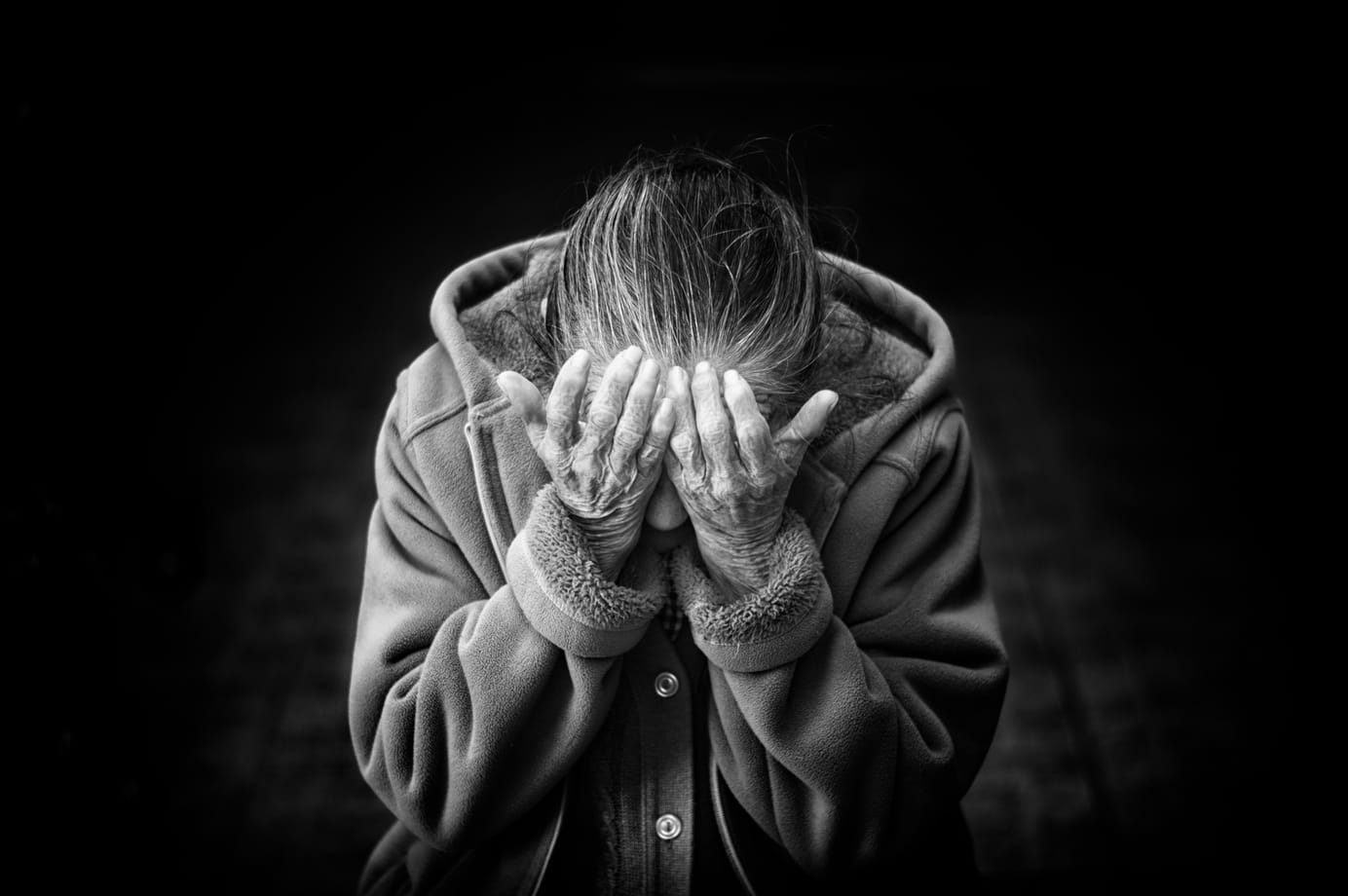Queer or Not, Identity is Life
Who you are and how you express your identity is vital — literally your tie to health and life.


In a previous article, I discussed the Ayurvedic definition of health as “being established in oneself.” Health is not focused simply on the body. Health is an integration of vibrant body, clear mind, and soaring spirit that depends on understanding our nature — from the Sanskrit, our prakriti — to understand where we must balance. Ayurveda does not view sickness as such, it sees only imbalance that must be corrected in all dimensions in order for health to re-establish itself as the normal, natural state of a living entity.
Our identity — as a composite of physical body, cognition, and the expression of both within socio-environmental factors — is linked inextricably to health. Identity is a life line, critical and required for a normal, healthy life. As a transgender woman, I must accept my third nature, or tritiya prakriti, in order to flourish mentally and physically. But the need to explore, realize, and accept our identity is not particular to the transgender community — or even the greater LGBTQ community. It is a necessary condition for living as a human.
A young person’s story
Consider the story of John. He was born in Utah, to a Mormon family. He was raised in the temple, loves his deity, and respects what his religion means. John has studied the Mormon values passed to him by his family. He does not accept them blindly; living them gives him comfort in himself. John is responsible, supports his community, and attends temple weekly. All of the above helps John feel as if he stands with his brothers as a Mormon.
There is one slight issue with John’s otherwise clean and clear Mormon story. John — or rather, Joanie — is transgender. Joanie adores pink, especially in lipstick. She studied her sister growing up, learning about colors and matching. Joanie is not cross-dressing blindly; living her fashion in dresses and lipstick, she feels comfortable as herself. She is able to laugh with the girls, where she feels a sense of community, and attends an online transgender event weekly. All of the above helps Joanie feel as if she dances with her sisters as a woman.
Depending on the values you hold, you likely had a reaction to John and Joanie’s story. If you are a member (or ally) of the LGBTQ community, you may have experienced a visceral response to the first paragraph about John. Perhaps the idea of a conservative, Mormon upbringing fills you with disgust or fear. Perhaps you would attempt to avoid John and the Mormon values he brings with him.
If you are a member of the Mormon community, you may have experienced a visceral response as well. In your case, however, you may be repelled by the idea that John — a good member of the temple — could also be transgender. Perhaps the idea of John expressing a gender different from the sex clearly stated on his birth certificate fills you with disgust or fear. Perhaps you would attempt to avoid Joanie and the freakish transgender fetishes she — no, you can’t even say it — he brings with him.
Both responses to this story are valid. They reflect different values from different experiences. Both responses are also fundamentalist in their strict adherence to their community’s ideology. Both responses reject the notion that John and Joanie can co-exist.
The liminal nature of identity
John and Joanie are liminal — they exist between spaces or between times. Like the seashore, they are neither ocean nor land. Like dusk, they are neither day nor night. Unfortunately for Joanie and John, they cannot truly be part of either community. They are neither fully Mormon man nor transgender woman. They are owned by none, comfortable nowhere.
And unfortunately for both communities, neither received the benefit of John or Joanie. John could not find acceptance as a Mormon transgender woman. Joanie could not find acceptance as a transgender Mormon woman. His identity failed her, and together, they killed themselves. We all lost.
Identity — by its nature — is liminal. You do not exist wholly as one ideology or one fashion or one community. You are balanced — perhaps precariously — among all communities you serve. You are not truly part of any of them, but not far enough outside to be ostracized from any of them.
John Donne wrote a poem titled “No Man Is an Island.” He was wrong about that. Every human is an island, as no two people can be alike. But instead of changing the meaning of Donne’s poem, this idea amplifies its ending. Any death diminishes us all — humanity is capable of surviving only to the extent we are capable of developing and expressing our identities. Certainly, never send to know for whom the bell tolls. It tolls for thee — as it tolled for Joanie and John.
Why loving your neighbor matters
It may be easy to dismiss one transgender Mormon’s story and a 400-year old poem as the maudlin weepings of a writer with an agenda. Nothing is further from the truth.
In his 1969 book Love and Will, existential psychologist Rollo May argues that our greatest struggle in modern life is finding our identity — and thus the meaning of our life — and learning to integrate it with the rest of society.
Joanie’s story above exemplifies the anxiety each of us experiences as we find we fit exactly in no community. Because every relationship is a compromise between individual development and a desire to belong to something greater than ourselves, we must choose between healthy growth and relatedness to others.
May’s clinical work demonstrated that the tension between identity and society led to patients cutting themselves off from their own thoughts. He called it the “Schizoid state,” in which his patients effectively battled their deepest beliefs and motivations.
Left unchecked, the battle inside raged until patients broke, harming themselves or others. By encouraging his patients to explore their identity and accept that their deepest beliefs and motivations were not just part of them, but truly them, May observed the sense of alienation and depression abated.
As a side effect, May observed that by giving patients “permission” to love themselves, they became more capable of loving the people around them. Exploring and accepting personal identity expanded into accepting the greater social identity. “Loving your neighbor as yourself” shifted from recondite platitude to an achievable plan for humanity’s further evolution.
Making way for the Homo Superior
The greatest barrier to our evolution as a species — in fact, our very survival — is our fundamentalism. Our desire to exclude others for their beliefs or practices stems from fear that we, too, could be dumped unceremoniously from the groups we serve. Instead, we cleave to beliefs we do not truly carry, shutting the door on personal growth in the hope that our relationships suffice as identity-by-proxy.
But by stunting our own growth, we restrict societal growth. You don’t need to love your neighbor just yet: learn to love yourself first. Your deepest beliefs, your deepest fears, your deepest desires to express yourself — these are the components of health. Your life depends on them, and by living in health — being established in yourself — you ignite a greater love across the planet.
The mismatch between whom we choose to be and whom we want to be — what I have called The Reflection — feeds our hatred. We hate ourselves, and we hate society.
But we cannot afford to lose the Johns and Joanies of the world.
We must explore our identities and blur the lines between us. Understanding grows from shared experiences, and nothing is more fundamental to human experience than the burning desire to know ourselves.
Investigate your beliefs. Challenge your beliefs, and — should you find them wanting — reject your beliefs if necessary. Doing so will ease your pain…and ease the pain around you.




